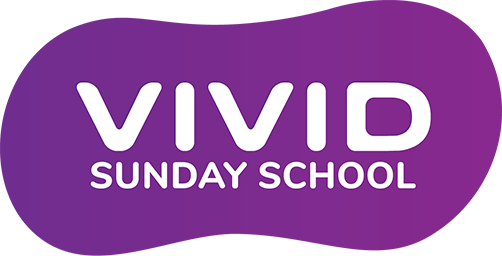Kids aren’t one-size-fits-all, so Sunday School lessons shouldn’t be. Children learn in a variety of ways, and by mixing up your teaching methods, you’re more likely to increase engagement. When children are actively involved, the lessons and Bible truths are more likely to stick for a lifetime.
In general, experts point to four main learning styles. Keep these in mind as you’re preparing lessons, gathering materials, and leading your classroom.
Visual
Visual learners need to see photos and other visual aids to help make connections between ideas. You can use posters or printed images to reference and reinforce during a lesson.
Age-appropriate animated Bible videos are also an excellent tool for visual learners. Show related videos just before or after a Bible lesson to bring the story to life. Bible videos can also demonstrate how to use important biblical truths every day, making each lesson relevant and easy to understand.
Auditory
Auditory learners need to hear information, recite it back, and ask questions about it. Children’s sermons that engage kids by listening and answering questions are perfect for the auditory learning style. This group will also enjoy Bible memory versus activities where they can gain deeper learning through memorization. Incorporating worship music and signing into lessons will be especially effective for auditory learners.
Reading/Writing
Children with a reading/writing learning style will prefer interacting with text. Depending on the age level, you can engage kids by asking them to help read a Bible verse or part of the lesson. They may also enjoy writing out their ideas and answers, versus saying them aloud. You can also provide handouts or other printed activities. Even a blank paper they can draw and write on during the Bible lesson can be beneficial to learning and staying engaged.
Kinesthetic
Kinesthetic, or “hands-on” learnings love to move around, role play, and try things out. Interactive Bible experiences and craft activities will capture attention in the way they learn best. When this group can create something related to the lesson and Bible truth, they will be much more likely to remember it long-term.


